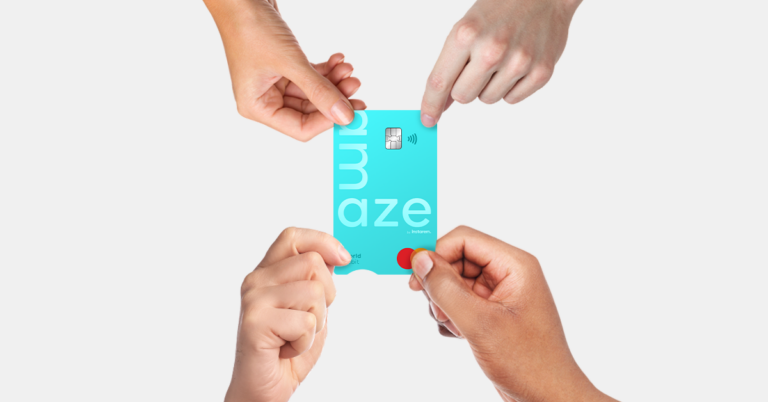A Study Of Duty-Free Shopping Habits Among Frequent International Travellers

This article covers:
The ritual for many travellers, Duty-Free Shopping, is not only a great way to kill time, but also an opportunity to bag your favourite bottle of perfume or a bottle of single malt at a much cheaper rate. It’s duty-free after all! Over the past few years, the Airport Retail has moved beyond souvenirs shops and fast-food joints. Airports now offer full-fledged shopping experiences with fine dining, spa services and luxury retail. According to a Credence Research report, the airport retail market is expected to reach a whopping US$90 billion by 2023, as more middle-income families from emerging countries travel internationally. Also, the construction of new Airport terminals in countries like Brazil, Russia, India and China are only aiding the market projections.
On this World Tourism Day (27th September), InstaReM, an overseas money transfer company offering low-cost money transfers to 55+ countries, released an in-depth study of consumer shopping behaviour at Duty-Free shops. The study was conducted with a group of 100+ frequent international travellers in the age group of 25–40 years. In this group, 44% of respondents travelled at least once a year, of which leisure and work fuelled the purpose by 48% and 40%, respectively. The region they frequented the most was Asia, followed by Europe and America.

Changi Airport Singapore Offers the Best Duty-Free Shopping Experience
Duty-Free Shopping is especially booming at airports that have direct international arrivals and departures. Terminal 4 at JFK International Airport in New York, for example, offers some of the most luxurious airport experiences by housing a large range of chic, upscale boutiques and brands and is now constructing a US$48 million luxury terminal for pets!
Though the appraisal of Duty-Free Shopping experience at an airport largely depends on the travellers’ interest, country of origin, country of travel, and the products the traveller wishes to purchase, the InstaReM study revealed that amongst the airports most frequented by the respondents, Changi Airport Singapore was the most popular for Duty-Free Shopping; followed by the Dubai International Airport and the Bangkok Suvarnabhumi International Airport.

Alcohol Tops The Shopping List at Duty-Free
In its research, Credence found that fashion and accessories are the largest product categories and account for more than half of revenues in the global airport retail market. Brands like Burberry and Victoria’s Secret are some of the most sought-after ones by travellers. The InstaReM study, however, revealed that alcohol tops the shopping list of its respondents, followed by Perfumes & Cosmetics, and Confectionery & Delicacies. Unsurprisingly though, the biggest driving factor behind the Duty-Free Shopping is the discounted pricing of the products. Undoubtedly, alcohol at discounted prices makes for the best of deals one could ask for!

You may like reading: The Truth About Duty-Free Shopping
Personal Use Vs Gifting
We’ve all had friends and family bringing us chocolates – and sometimes perfumes – from their overseas travels. This norm had led to the common belief that Gifting is the main utility of the products bought at Duty-Free. The respondents of the InstaReM survey, however, differ in opinion. Personal Use is ranked as the highest utility followed by Gifting and Habitual buying. Surprisingly though, despite the temptations of discounted products lining the Duty-Free shops, impulsive buying is ranked the lowest – indicating that much of duty-free shopping is done after careful planning.

No More Than US$500 on One Spree!
Though most of it is impulsive, habitual shoppers do their research and travel with a shopping budget in mind. The InstaReM study revealed that frequent travellers mostly spend between US$ 100 and US$ 500 per trip at the airport duty-free shops.

You may also like reading: 5 Ways Airports Are Ripping You Off
The Reserve & Collect and Collect-on-Return facilities are Emerging
Though Duty-Free Shopping areas are designed in a way that retailers can take advantage of consumers being funnelled through stores at arrival halls, there is a huge potential in the mobile and omnichannel experience that is yet to be fully exploited.
Many Duty-Free retailers are investing in the technology to aid facilities like Reserve & Collect, whereby you pay for duty-free item(s) online, and collect them at the duty-free shop at the airport. They are also incorporating the Collect-on-Return facility, whereby one pays for the item(s) at the duty-free shop of an airport, and collects them upon return to the same airport.
Airport retailers are of the opinion that mobile shopping in airport retail is still in its infancy because a bulk of the shopping is done on impulse.
Looking Ahead…
Thanks to the demanding consumers and airport authorities’ willingness to walk an extra mile, the experience of duty-free shopping has steadily enhanced over the years. With the rising number of travellers and the constant demand for better airport experiences, we might see a rise in pop-up stores and more luxurious experiences in airports. We may also witness changing inventory and brands with temporary setups, to give frequent fliers a change of pace and first-timers the feel of a true shopping destination and not just an airport. The expansion of airport retail would also give smaller, local brands exposure to new markets, allowing this format of shopping to be part of the global community.
 Get the app
Get the app




























